Deep-fried Skateboards and High Strangeness at the Paris Modern
We watched the video that watched the dog that ate the deep-fried skateboard. Modern art—at last!
Introduction:
Hi! Me, again. Something about me you may not know is that I am the radio host for a broadcast called Viz City, KLCC’s arts review show (Viz is for Visual). Wherever I go in the world, I look at and talk about art. I mostly go to galleries in our Willamette Valley listening area, but I have done many shows from Europe.
In 2001, I didn’t have this cool gig, and the first iPhone wouldn’t be released until 2007, but as the saying goes, some things you just can’t unsee. The deep-fried skateboards are fried in my brain, and the best I can do to show them to you is to illustrate them using Midjourney ai.
Okay, let’s go down the rabbit hole!
A Surreal Journey Through the Paris Modern
Between visits to the Musée d'Orsay and the Louvre, I convinced Peter to explore the Paris Modern. The museum, a marble edifice with square columns and nude figures rising from unkempt lawns (at least in the summer of 2001) stood in stark contrast to its more famous counterparts like the Pompidou. Fallen leaves and cobwebs hinted at budget constraints, while overzealous guards eyed us suspiciously.

Our tour began in a hall adorned with seemingly random square dots—a motif that I'd learn had spread across Paris like an artistic contagion.

The first exhibition hall showcased "assemblage art": cafeteria tables laden with visitors' discarded trinkets. Visitors were encouraged to take junk and leave junk behind in a sort of talismanic yard sale ritual. It was less art and more kitsch.
Painted skateboards in gilded frames led us to an example of installation art: deep-fried skateboards hanging from a clothesline. We followed the line of skateboards around a partition and found a video installation in front of the clothesline. On the clothesline, held by giant clothespins, were a dozen deep-fried skateboards. Beside the video was the actual cauldron in which the deep frying had occurred, so you could see it for yourself, the very cauldron.
As a student, always, of the culinary arts, I turned my attention to the video, which obligingly showed how it was done. There was that same cauldron of boiling oil. First the skateboard was dipped in batter, then it went into the oil by means of a Rube Goldberg crane contraption. The oil boiled furiously; the skateboard rested briefly on paper towels like well-crisped bacon, then got hung on the clothesline.
One skateboard chased a dog through the side streets of Paris. Finally, the dog turned on the skateboard and began to eat it.
He chewed and chewed and chewed. The video camera watched the dog eating the deep-fried skateboard.
We watched the video that watched the dog that ate the deep-fried skateboard. Modern art—at last!
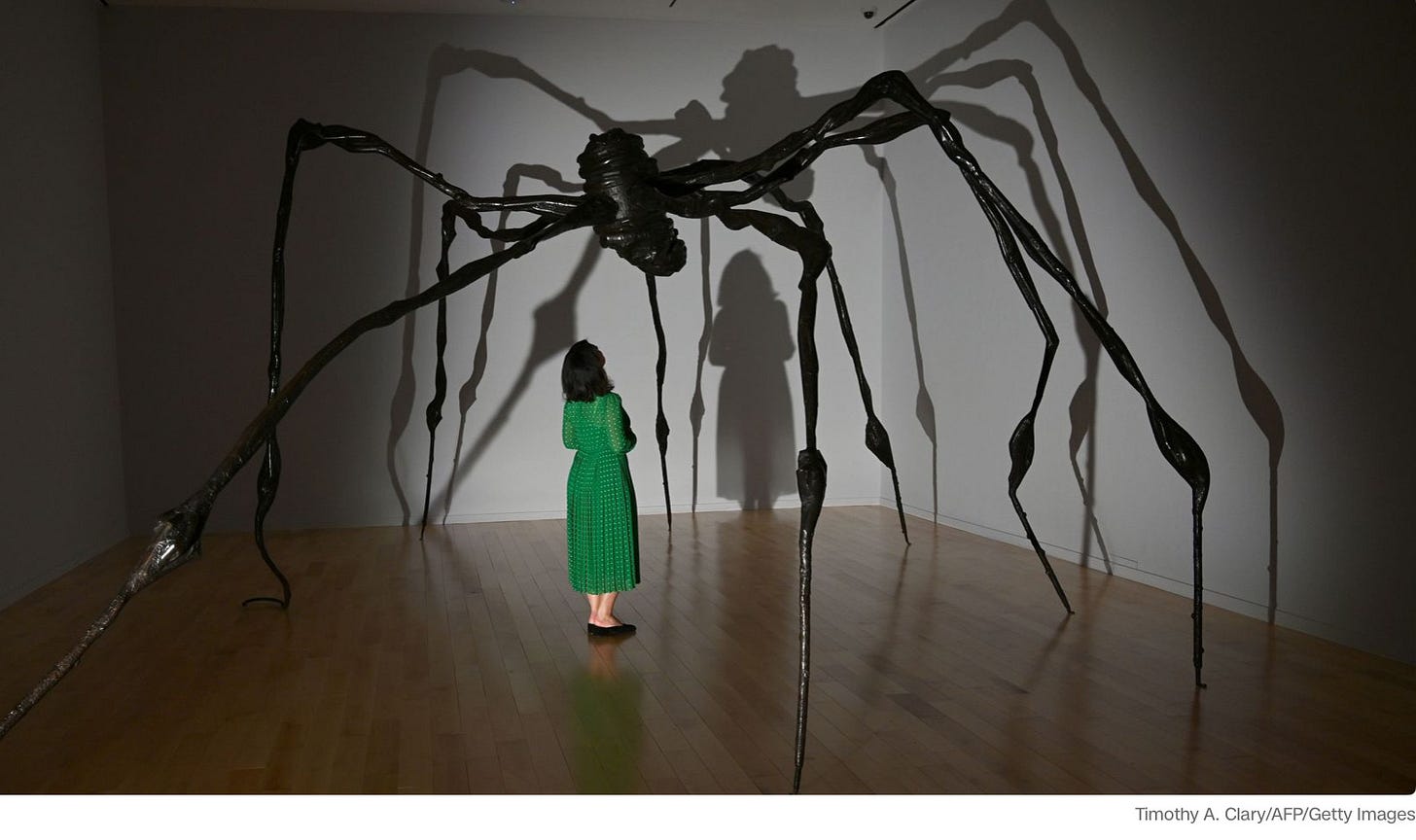
Peter admired a menacing black metal spider by the late, great Louise Bourgeois. It may be famous, but horses couldn’t drag me to stand under a spider that big. It totally creeped me out.
Not to ever forget a roomful of black lemons just because they looked cool.
As whimsy threatened to overtake us, we stumbled into a curved space housing Raoul Dufy's masterpiece, "La Fee Electricite,” or “The Electricity Fairy.” This 60-foot-high, 200-foot-long painting erupted with color and light, jolting us from our giggles. We traced its historical narrative of the history of electricity, from mythological figures to Ben Franklin and Thomas Edison, all amid a kaleidoscope of power lines, cityscapes, and celestial bodies.
Of all the art we encountered that summer in Europe, I want to say that Dufy's work left the most lasting impression, but it actually shares equal time in my memory with the deep-fried skateboards. However, emerging from the comic lowlands of deep-fried skateboards, giant spiders, black lemons and random dots into the rarefied air of "La Fee Electricite" created the perfect storm of intellectual and aesthetic exhilaration.
As we left the Paris Modern, the Seine shimmered with Dufy's palette, and the air crackled with the promise of summer storms and artistic revelation.
Oh yes, for so many reasons, Paris is my favorite city in the world.





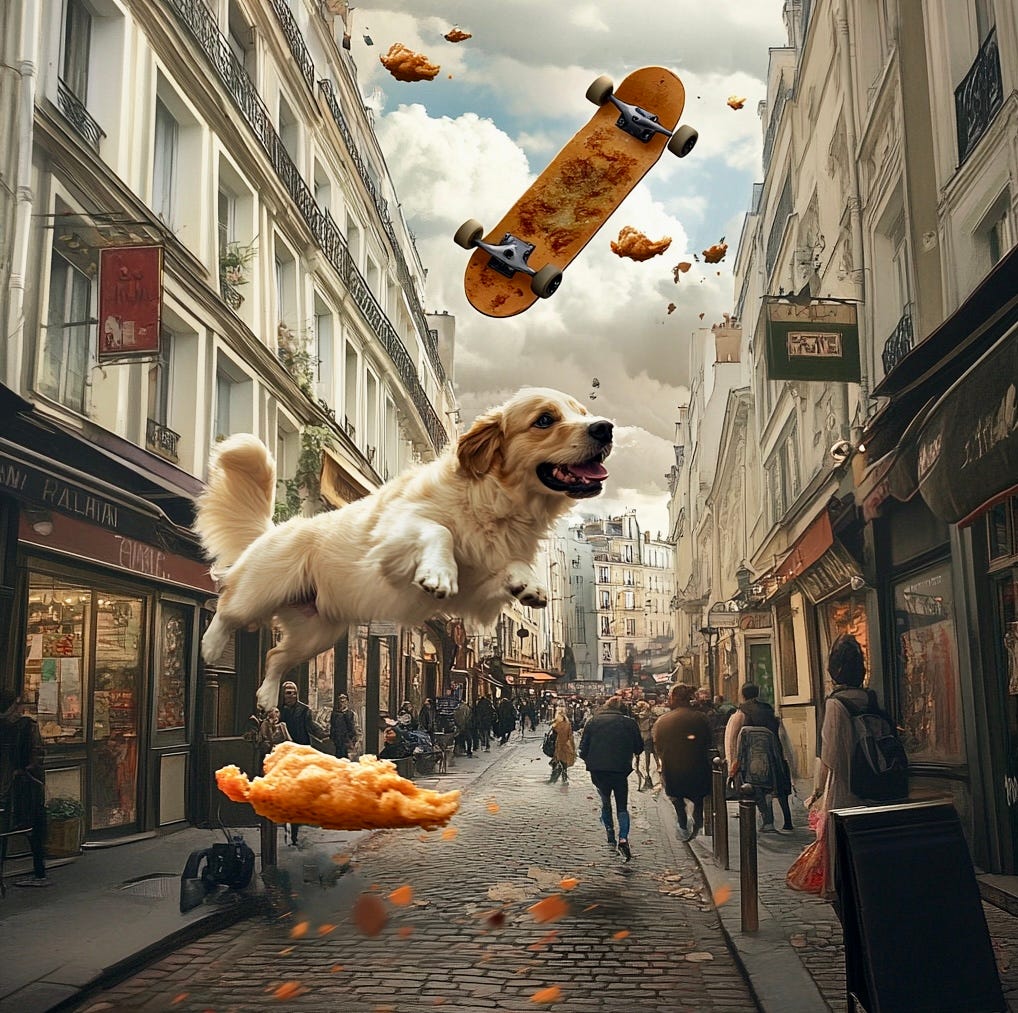
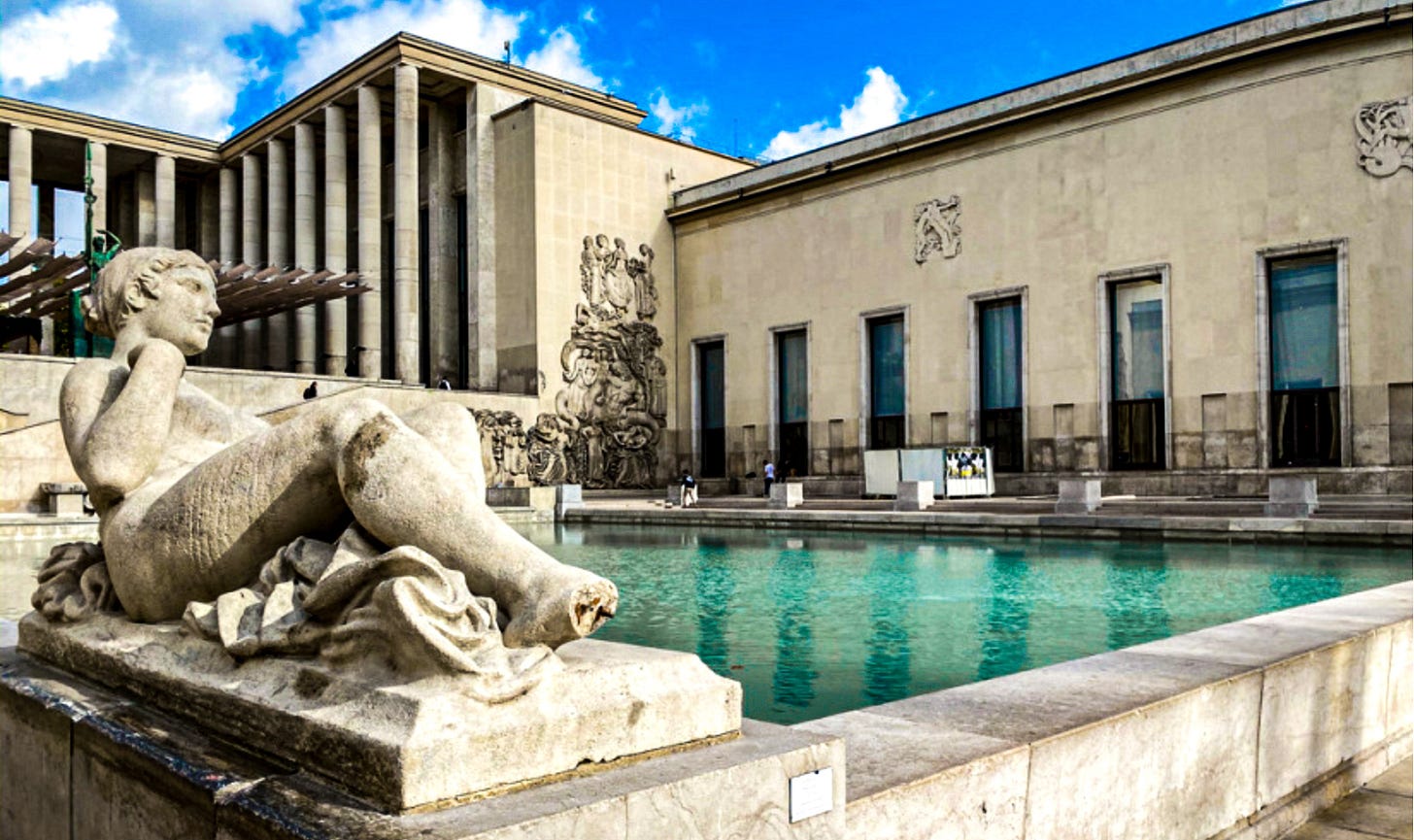
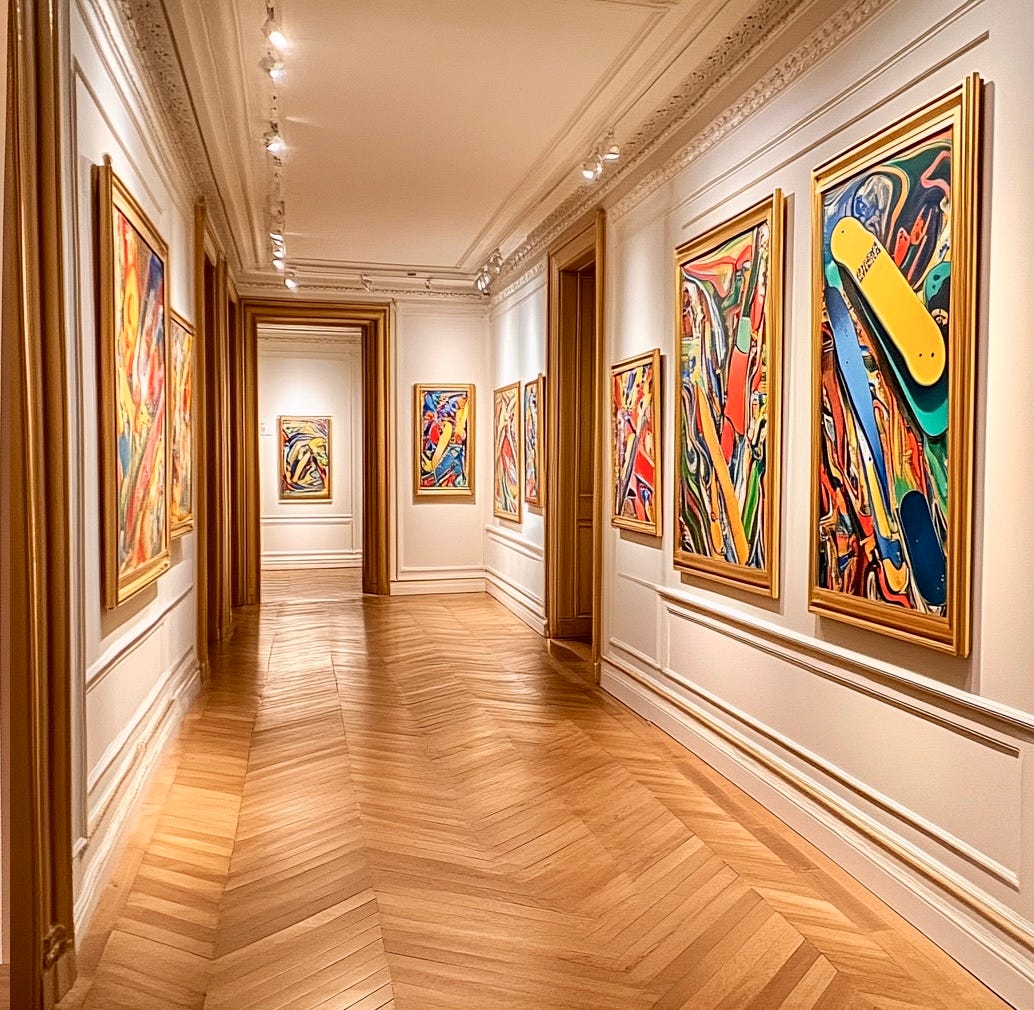
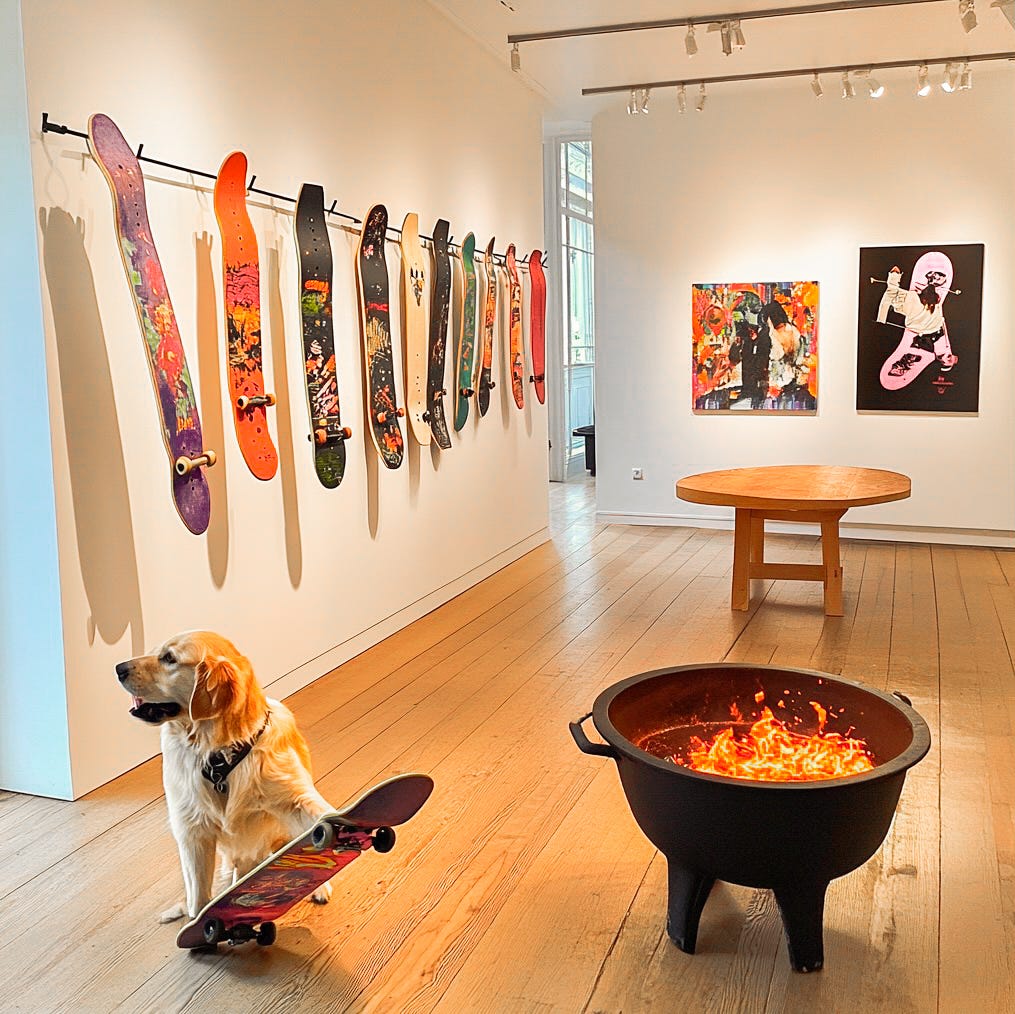
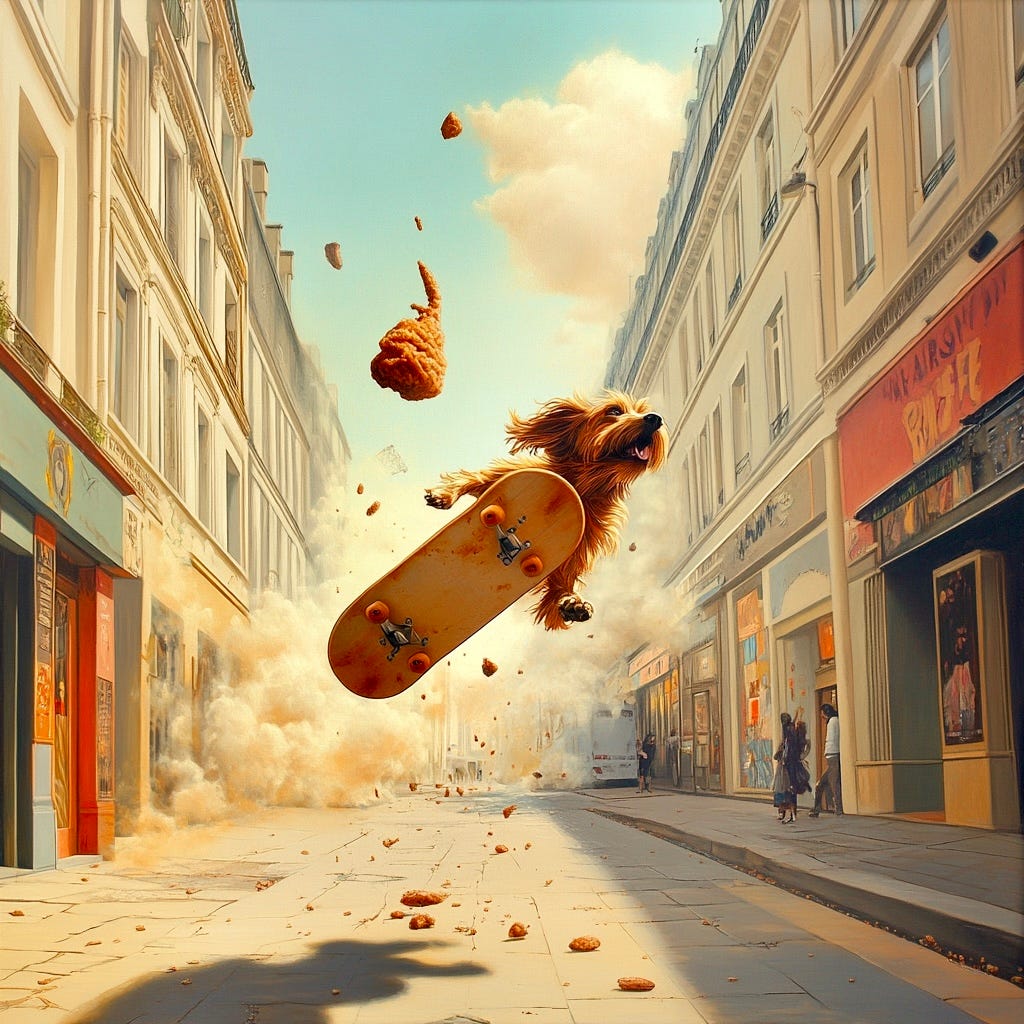
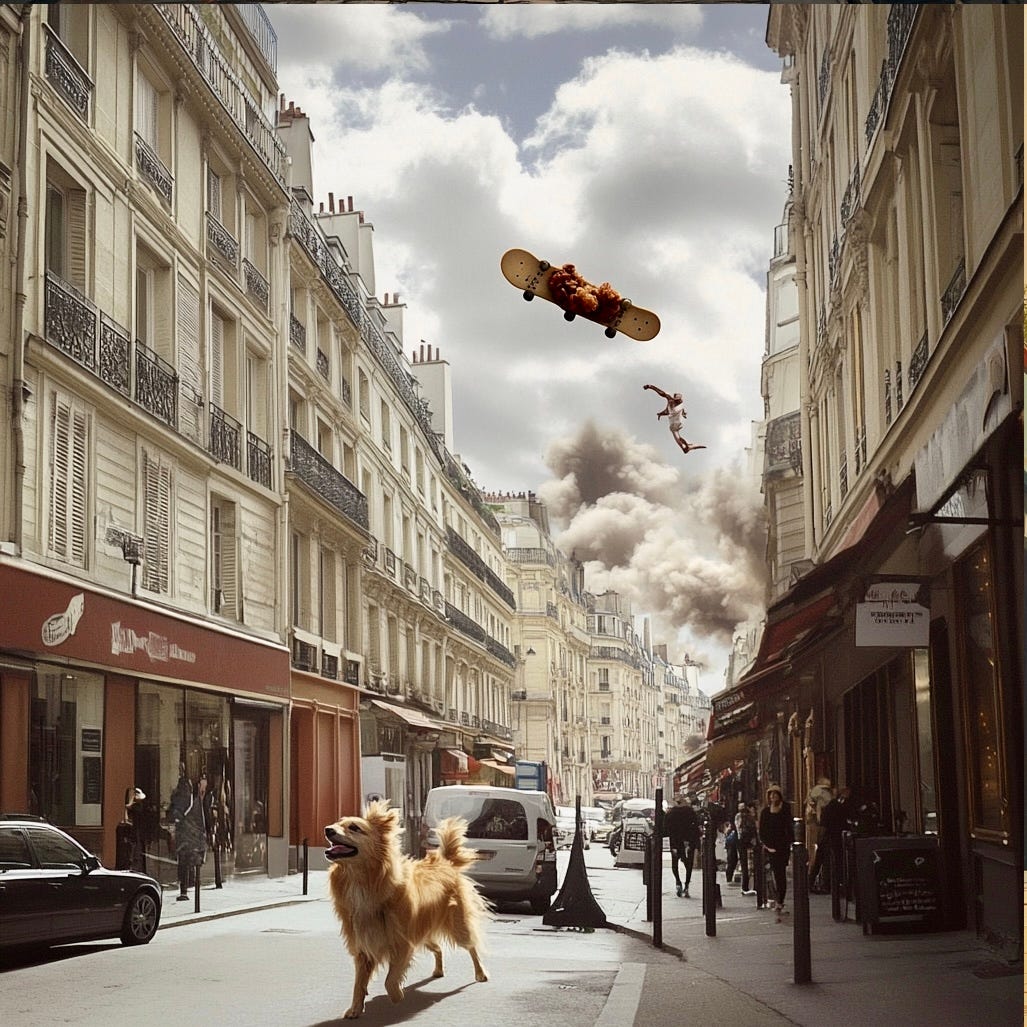

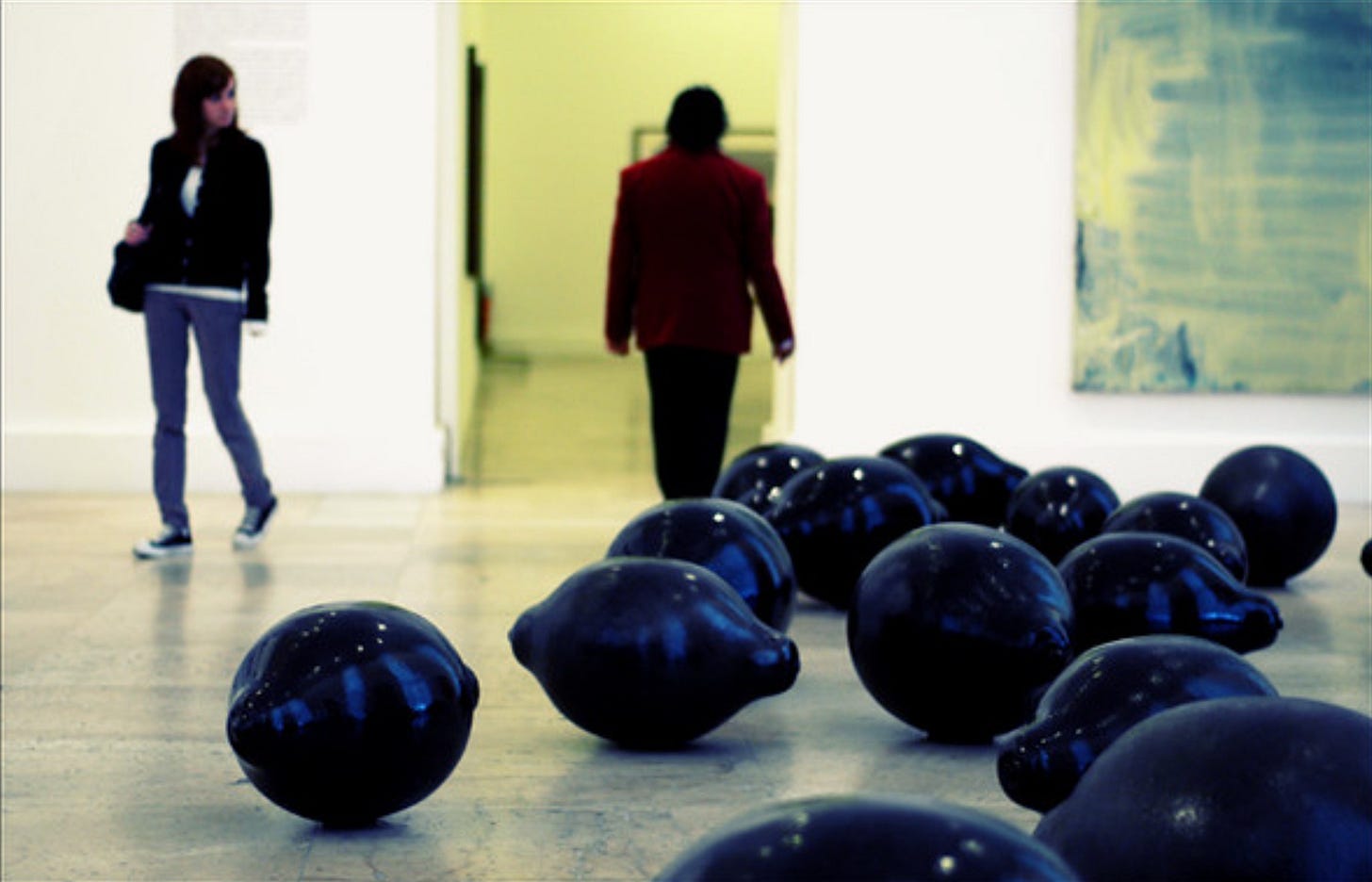

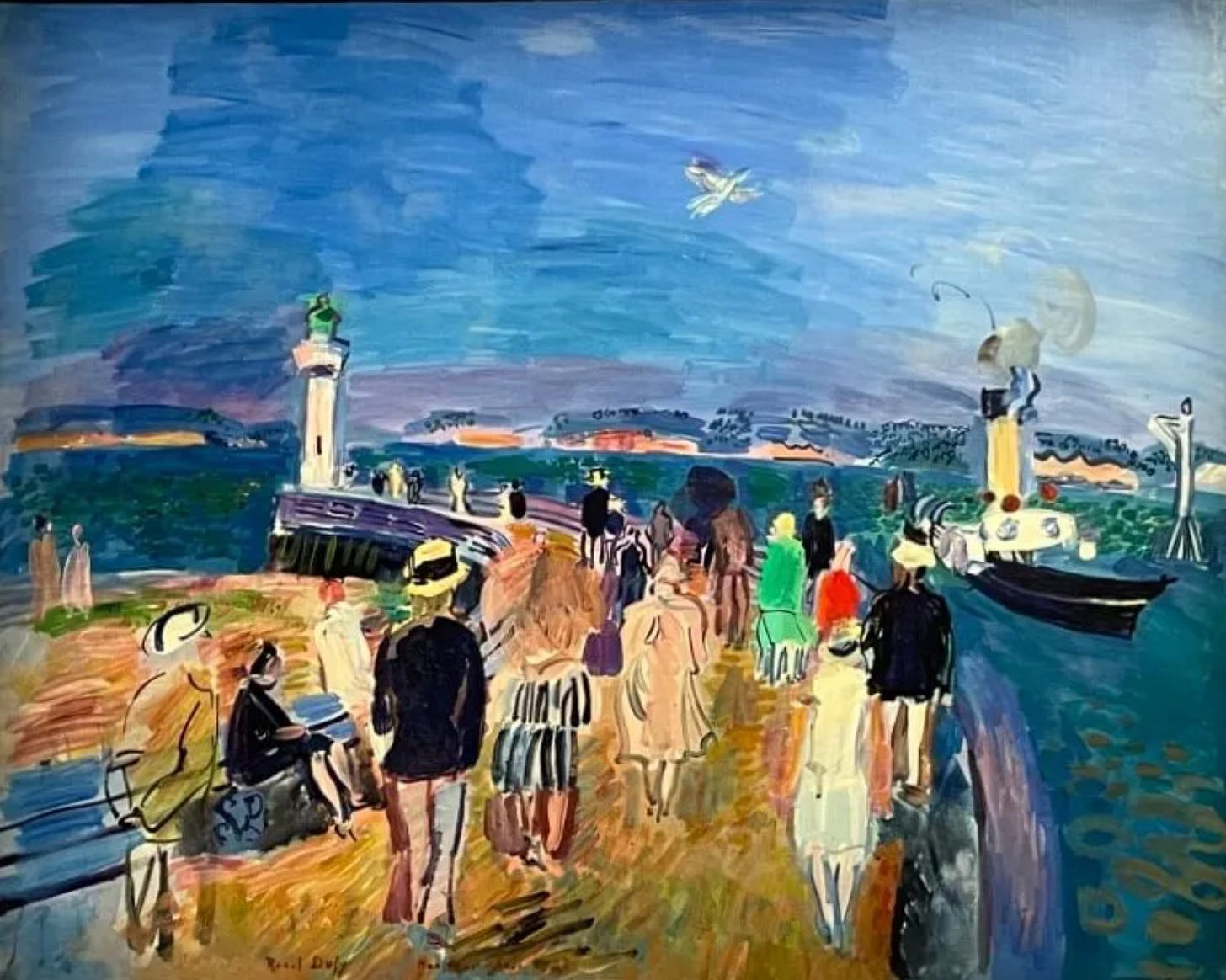
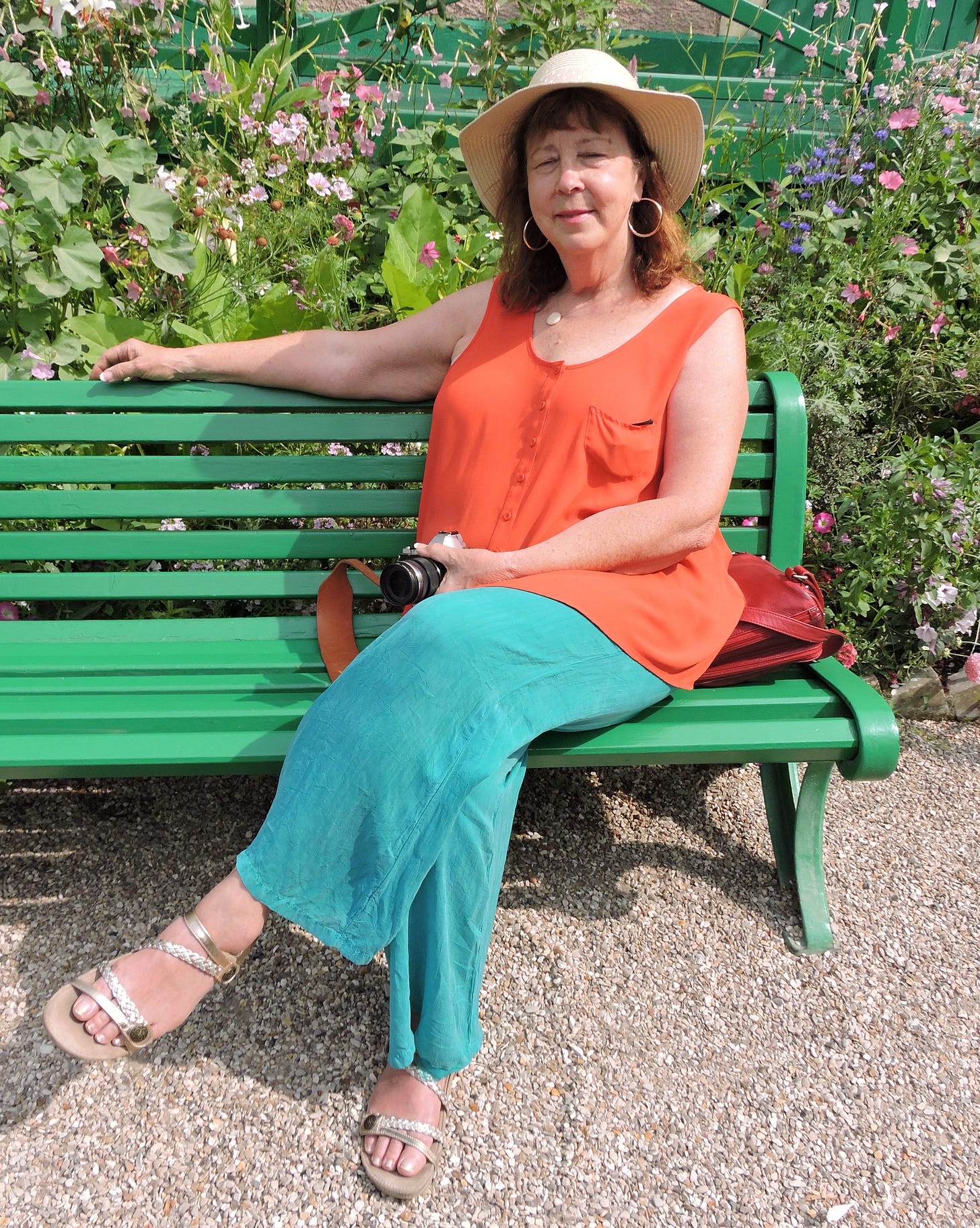
I loved all the colors in the art from Europe.
"an artistic contagion"! If only your brilliance were contagious, I'd hang around hoping to catch it! Then, there's always Paris!